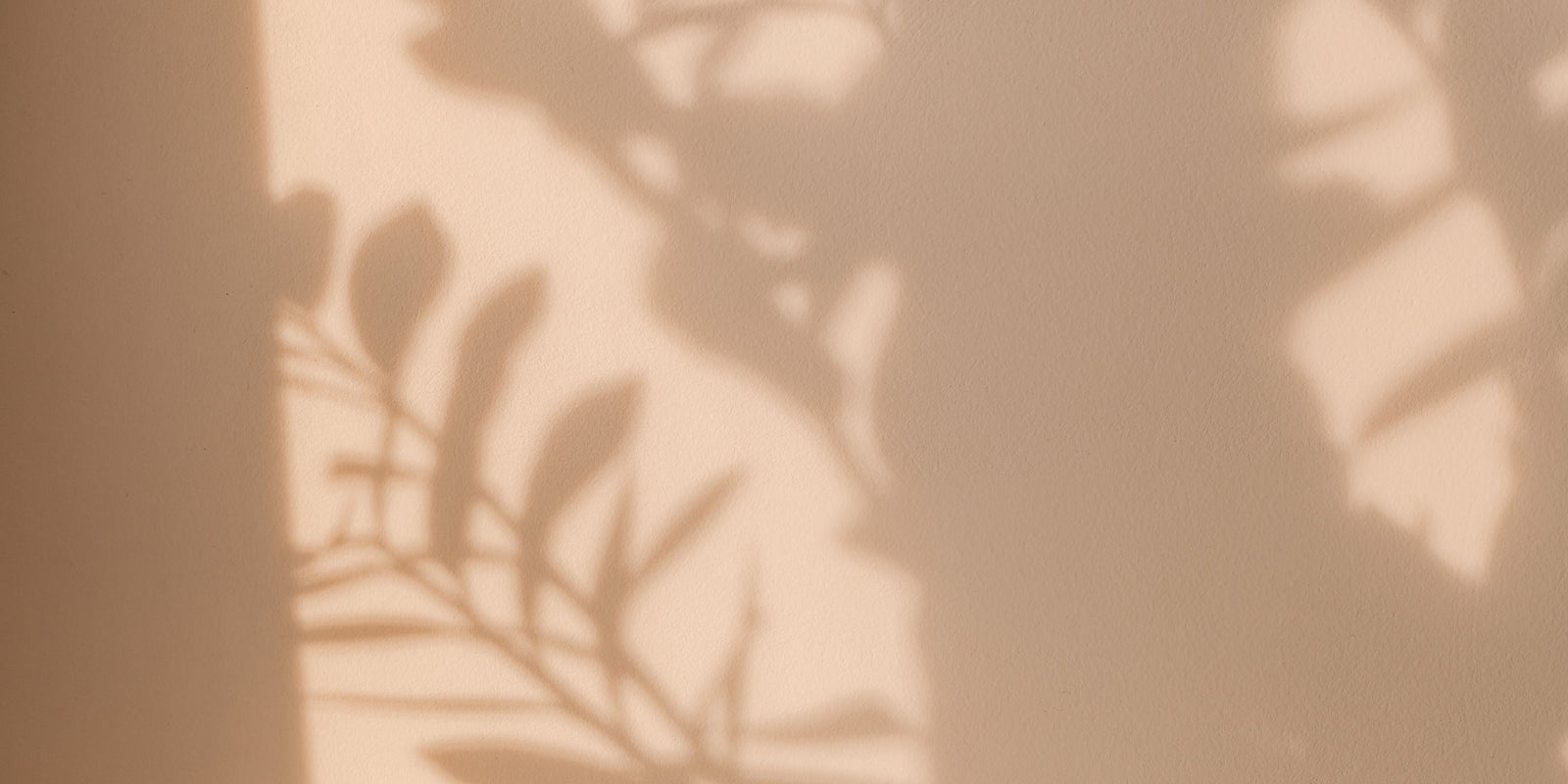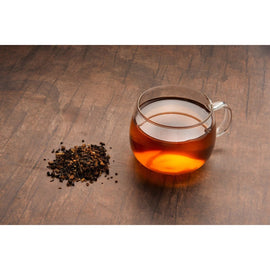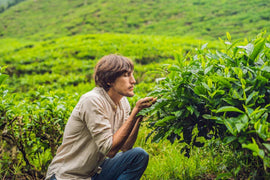
Would you like to delve into the world of tea grades, understanding the terms used by specialists to gather all the information available in the leaves and make a successful purchase?
As part of the expert team at Ekön Tea, we are delighted to guide you through the intricate terms surrounding tea grades, unraveling their meanings, and providing you with the necessary tools for a successful purchase. Join us in uncovering this in-depth exploration.

Often, producers add different letters to tea packages labels. These abbreviations are terms used to identify tea grades.
Tea grades don't describe the organoleptic characteristics of the tea (such as body, texture, or aroma); rather, they help us understand the appearance of the leaf, which can be useful when purchasing tea through catalogs.
These grades, formed by letters such as OP1, FBOP, TGFOP1, etc., are only applied to black teas from certain countries. Even the most seasoned enthusiasts might find themselves puzzled, as it's not the most intuitive way to describe the shape and size of tea leaves.
In this opportunity, I invite you to learn how to decipher the names of tea grades and their abbreviations, making your purchases of favorite teas much clearer.
Nomenclatures Around the World
There isn't a universal system for applying tea grades. For example, in China, they typically use numbers between 1 and 10, with 1 being the highest grade, and descending to 7, 8, or 9, based on leaf style, shape, the presence of buds, harvest type, and how carefully the production process has been conducted.
In Taiwan and Japan, the grading range goes from Extra Choicest, Choicest, Choice, Finest, Fine, Good Medium, Medium, Good Common, Common, Nubs, to Dust and Fannings.
The most commonly used grading system is for black teas produced in countries like India, Sri Lanka, Africa, Argentina, Indonesia, Malaysia, and Europe.
Some of the common terms are:
- OP: Orange Pekoe
- FOP: Flowery Orange Pekoe
- GFOP: Golden Flowery Orange Pekoe
- TGFOP: Tippy Golden Flowery Orange Pekoe
- TGFOP 1: Tippy Golden Flowery Orange Pekoe One
- FTGFOP: Finest Tippy Golden Flowery Orange Pekoe
- FTGFOP 1: Finest Tippy Golden Flowery Orange Pekoe One
- SFTGFOP: Special Finest Tippy Golden Flowery Orange Pekoe
- SFTGFOP 1: Special Finest Tippy Golden Flowery Orange Pekoe One
For broken leaves, we add the letter "B" to the name, such as BOP (Broken Orange Pekoe), FBOP, GBOP, TGBOP, etc.
For lower-quality teas used in bags, we use grades like fannings and dust, such as OF, OPF, FBOPF, FD, GD.
Tea Grades: Interpreting Their Meaning
Tea grades help us understand how leaves look and what to expect from them in terms of strength, aroma, and sweetness.
It's crucial to learn to read these abbreviations and their meanings, as they provide a wealth of information about the tea, which can be very useful when selecting a specific sensory profile.
We know that broken leaves yield a more intense liquor than whole tea leaves. Therefore, if you're seeking a black tea for breakfast blends, you should opt for a "broken tea"; you can look for the "B" in the grades.

Conversely, if you desire a sweet and mild black tea, it's advisable to choose one with the letters F or G, which will provide that experience due to the abundance of buds they contain.
Thus, each letter offers information that, when interpreted, allows us to make better decisions when purchasing.





